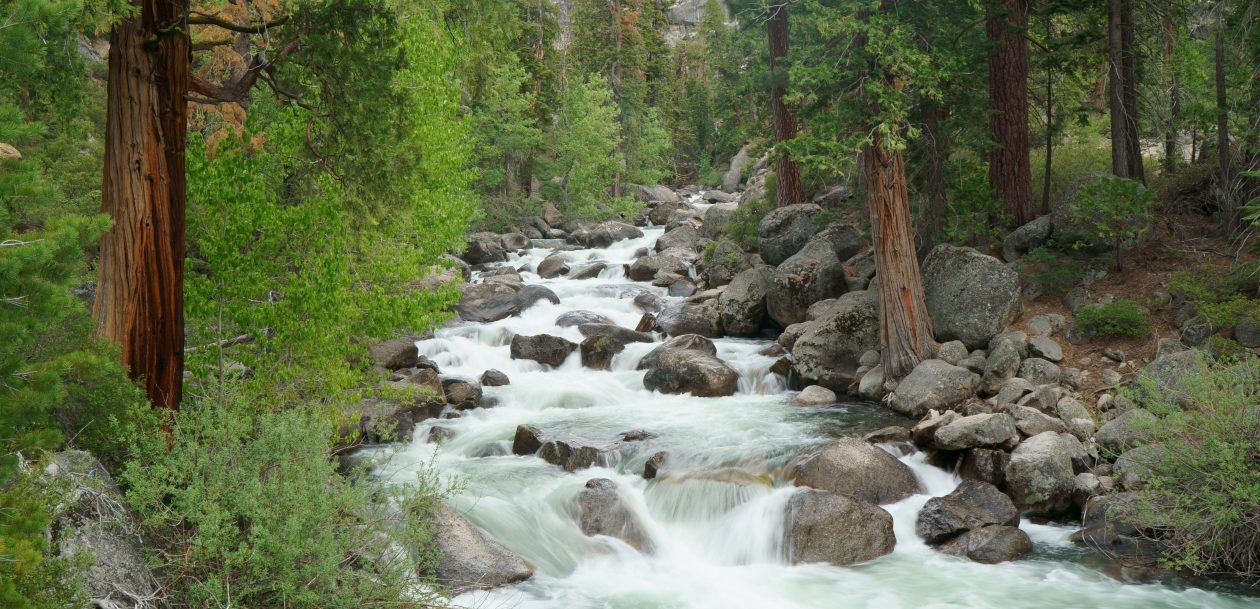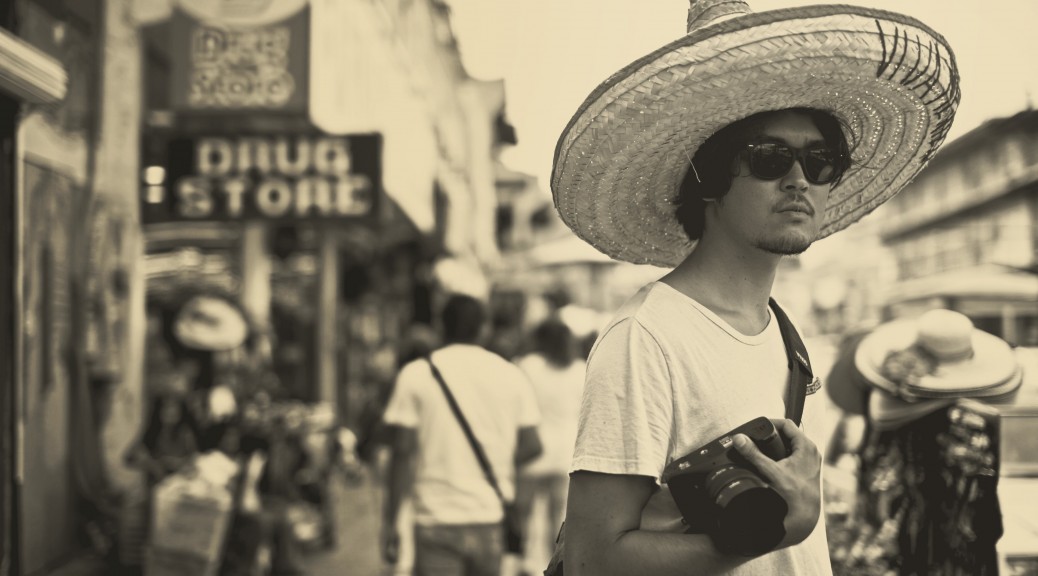If you are not specialist in camera you probably ask your photo savvy friends this question: “which camera should I buy for my travel?” Even though your iPhone can shoot decent pictures and videos, it’s only gonna be decent. Do you want pictures of your dream trips to be less than AMAZING? Here’s something I want to share with you about travel photography.
Over the course of last 5 years or so, I have traveled and hiked around the world with various consumer model cameras from 35mm film to digital and makers from Canon to Yashica; and I have to say each one has its own merit and demerit.
If you are seriously considering to shoot films, you might want to read this post I’ve written about the organic beauty of film photography. Otherwise I’d say stick with digital camera. It’s much easier and versatile to shoot digital photos.
Are you ready to dive in?
Here’s 3 basic tips to help you search for ideal camera:

- Know your focal length.
Longer lens–also called telephoto lens–is a type of lens that gives cropping effect to your overall image. This is type of lens you want to use when you are not able to get closer to the photo subject (for example: lions impending to attack or angry people).
As a pro tip, this lens often gives dramatic and suspenseful look to the picture because it squashes the distance between you and the subject hence makes it appear larger than the actual size. It’s kind of like seeing through a telescope.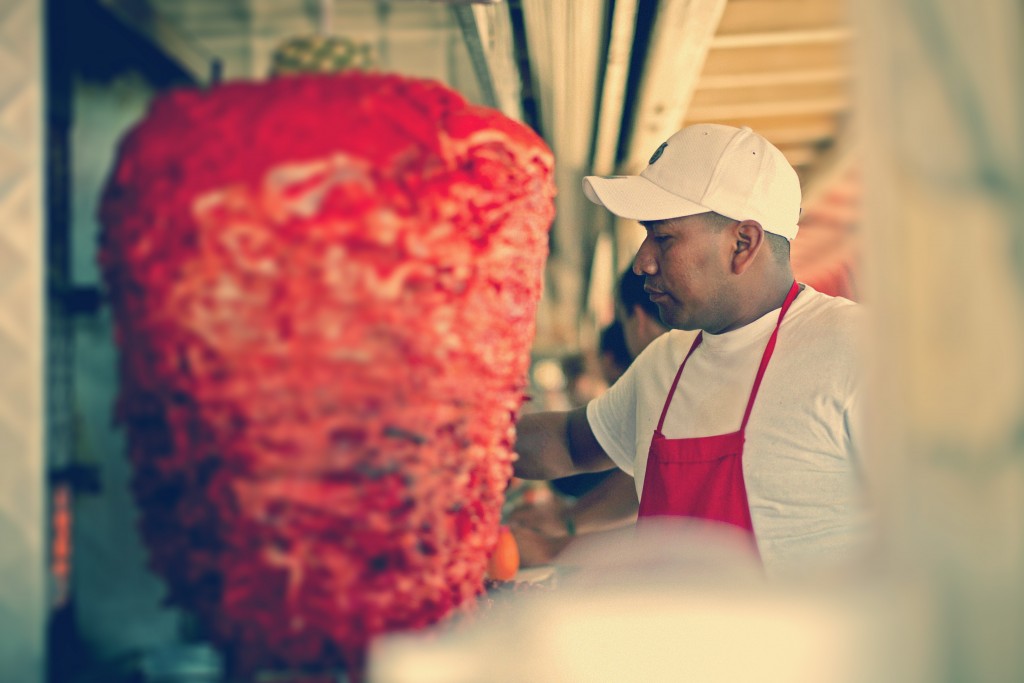
Shot on Canon 5D MK2 with 50mm Sigma Lens 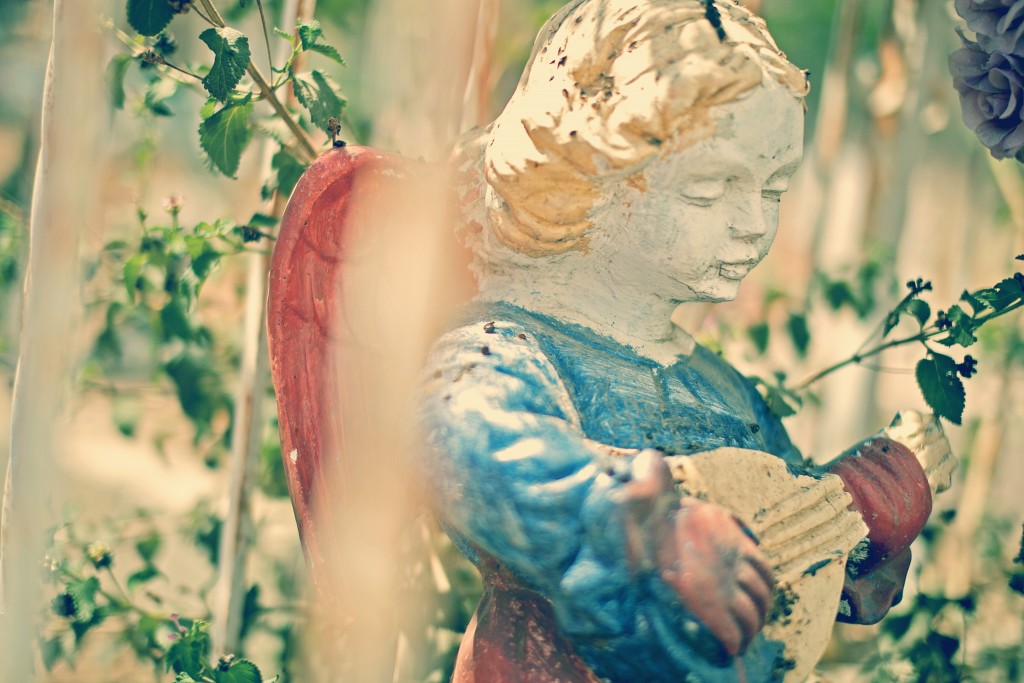
Shot on Canon 5D MK2 with Kit Zoom Lens 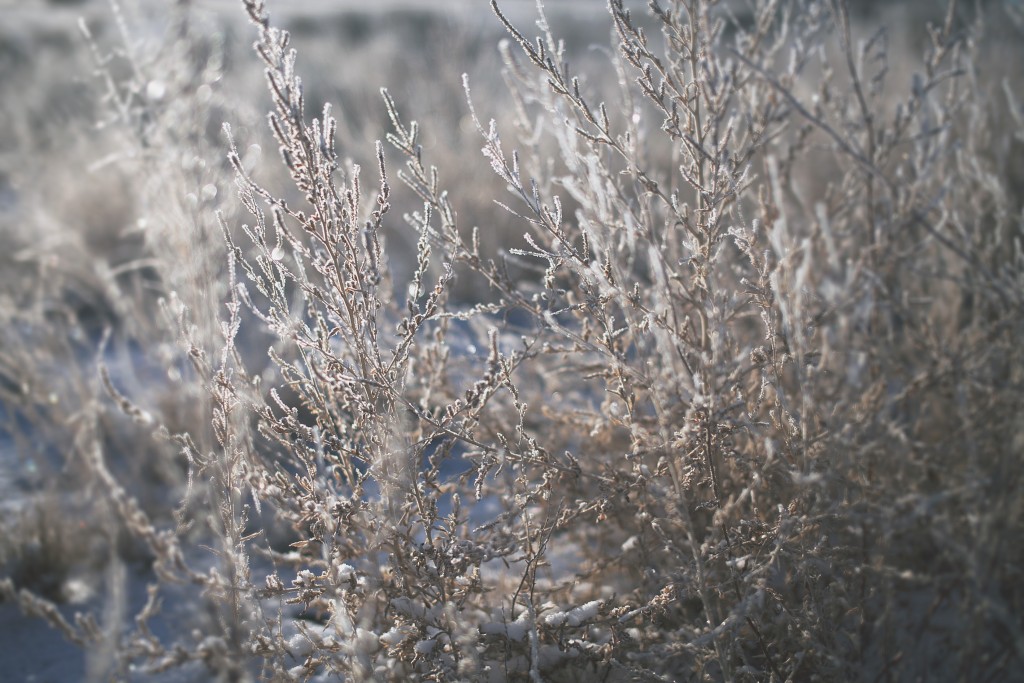
Shot on Canon 5D MK2 with Nikkor-H 85mm Film Lens on Adapter I use zoom lens that stretches out to about 100mm to shoot photos of resting birds and people in the streets etc without scaring them off.
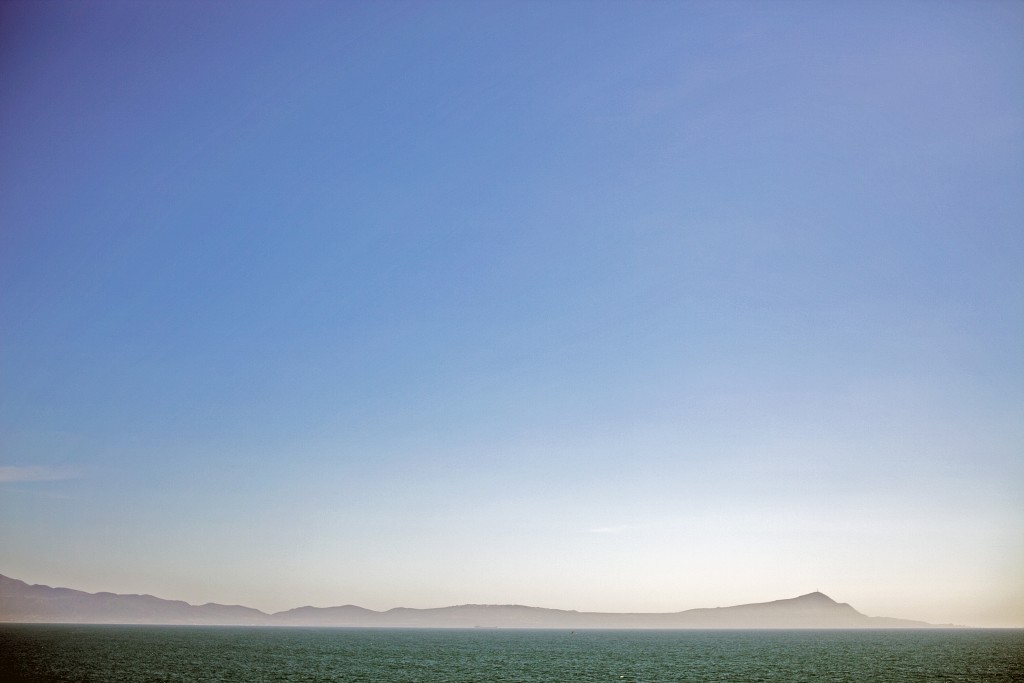
Shot on Canon 5D MK2 with Kit Zoom Lens 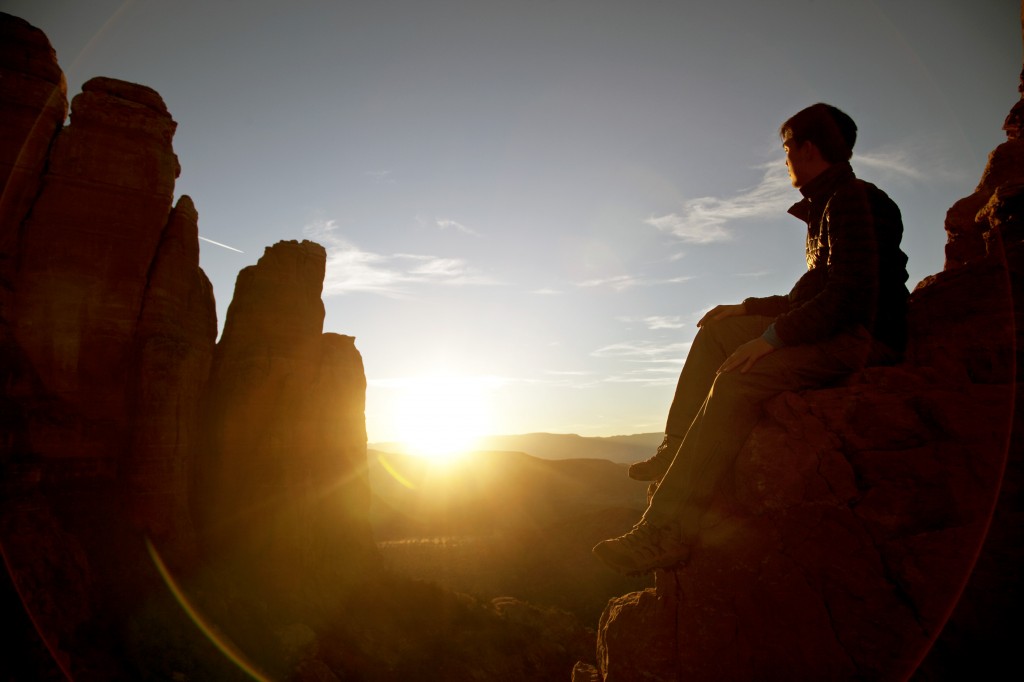
Shot on Canon 5D MK2 with 24-105mm L-Lens 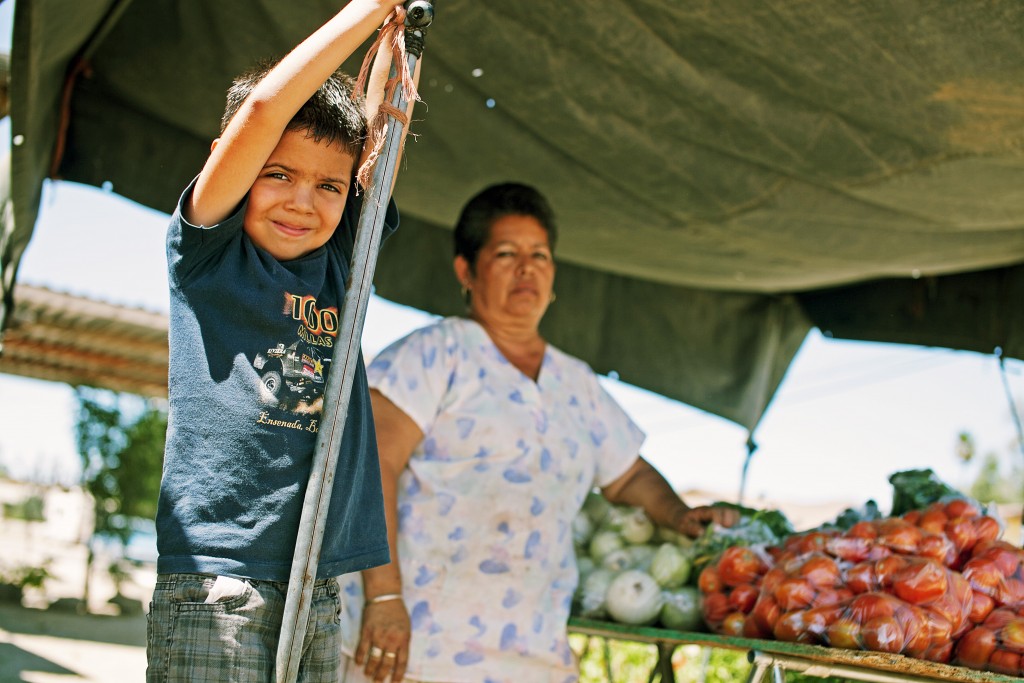
Shot on Canon 5D MK2 with 35mm lens On the other hand, shorter lens (also called wide lens) expands the horizon and shows everything that unfurls in front of photographer’s eyes. Shooting Grand Canyon for example is best done with shorter lenses like 18mm to capture the big scale.
FOR THE STARTER: If you get the camera that has zoom lens with focal length ranging between 25mm to around 100mm you are in a pretty good shape. Extremely wide lenses (or fish eye) and super telephoto lenses are only for crazy people 🙂 I find my “sweet” focal length is between 50-55mm which I find most of my photos are ended up shot on. So I usually just take one prime lens in this focal length for my travel. Simple as that.
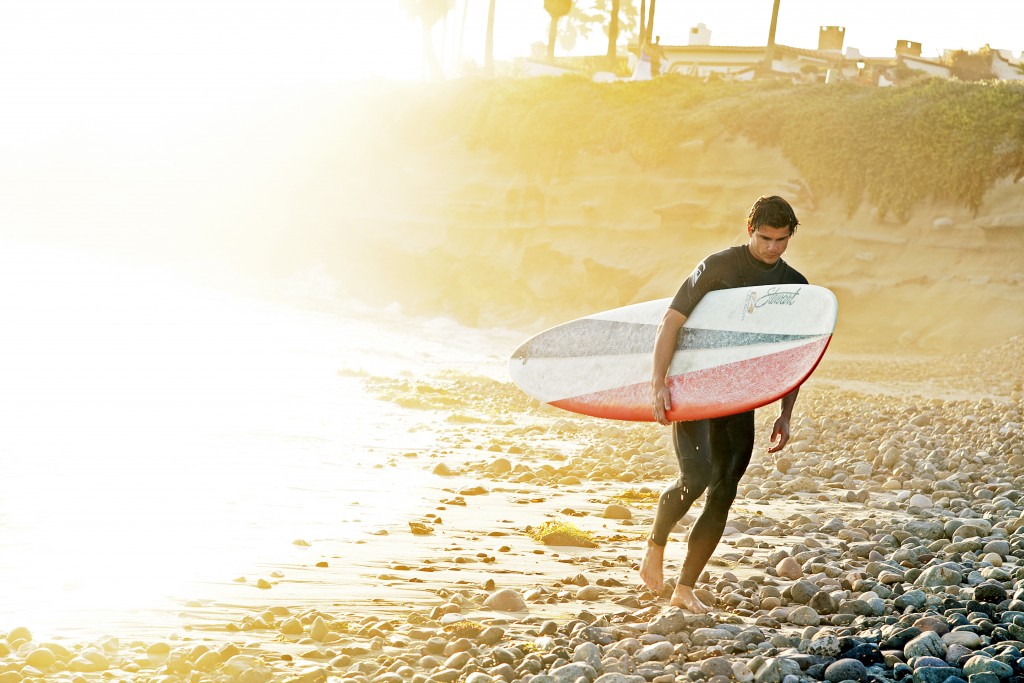
Shot on Canon 5D MK2 with 50mm Sigma Lens 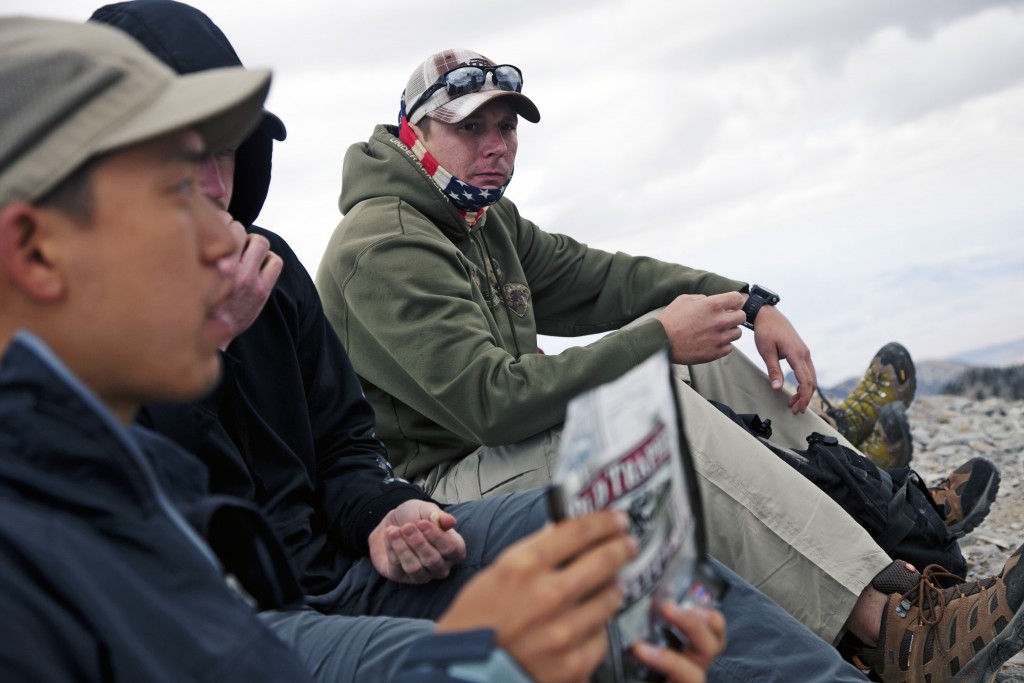
Shot on Sony A7 MK2 with 55mm Zeiss Lens 
Shot on Sony A7 MK2 with 55mm Zeiss Lens - Know your shooting condition.
If you are traveling to somewhere rainy like London/Seattle, you might want to pack something to protect your camera from downpour unless the camera is weather-sealed. If you are hiking along the coastline and trekking through the breaking tides, you MUST be prepared to protect your camera from direct contact with sea water. If you are doing backpacking hike, you might want to pack lighter camera to balance your hiking equipment. Say, Olympus PEN E-P3 or higher end Sony NEX-7 would be great for 2-3 night backpacking trip.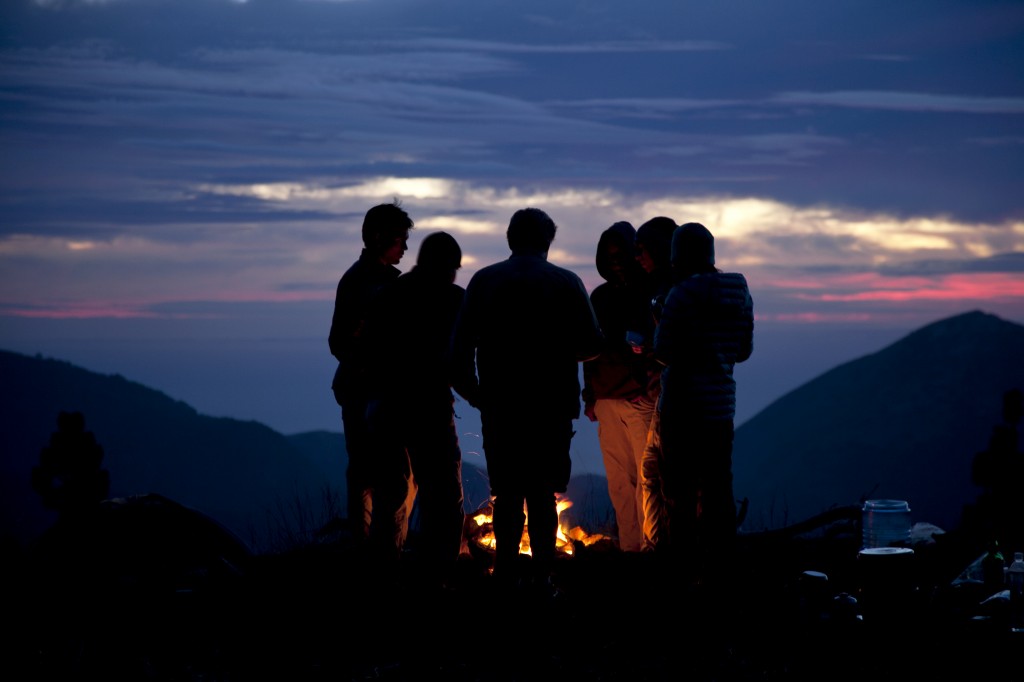
Shot on Canon 5D MK2 with 50mm Sigma Lens 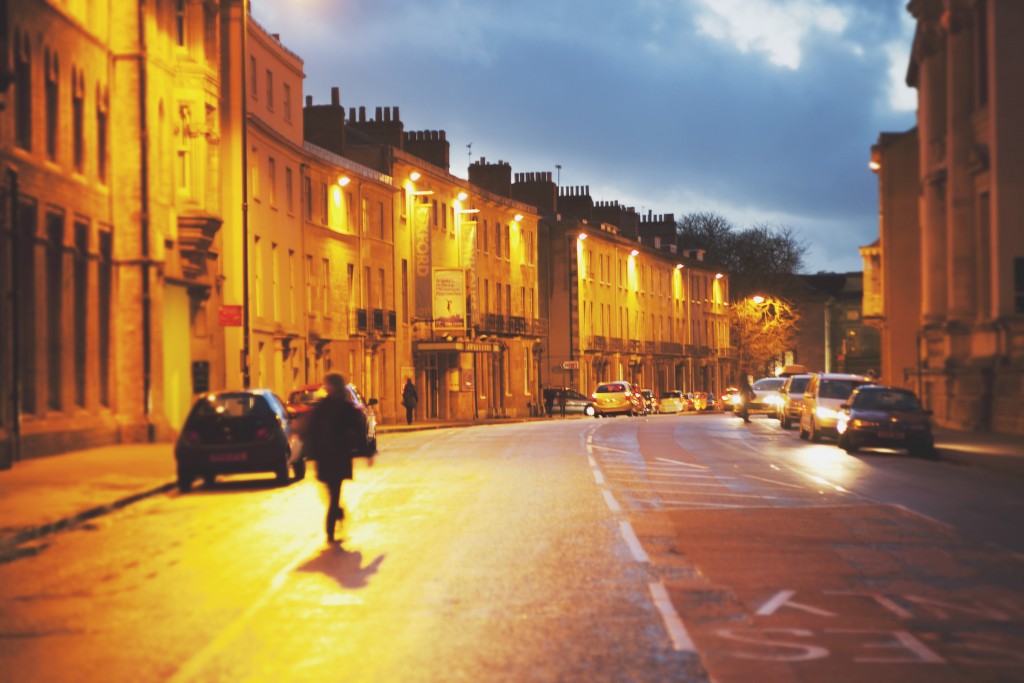
Shot on Canon 5D MK2 with 50mm Sigma Lens 
Shot on Sony A7 MK2 with 55mm Zeiss Lens I also want to highlight on ISO setting. ISO determines how well your camera takes pictures under little-to-no natural lighting. Higher the ISO number your camera will do well in dark vision. HOWEVER, most cheap cameras will add grainy noises to the pictures when shot with extremely high ISO setting. Sony’s A7 series are still the reliable forerunners on the low light photography game, and their S-series are even known to expose pictures under the moonlight and leave almost zero noise.
If you are looking for something more casual, pretty much any cameras today has reasonable ISO range so just test shoot something with high ISO setting and see how camera registers the darkness. Apertures on lenses (designated by alphabet “f” followed by numbers like 1.8, 2.8, 3.2,…) also determines how much light can travel into the camera, so if you use lenses that can open to very wide apertures like f-1.4 and f-1.8 your camera will do quite well in the dark places. For this reason I use “bright” 55mm Zeiss lens that opens to f-1.8 on my Sony A7 MK2 that has very high ISO capability (ISO 25,600) and shoot dark cathedrals and night streets with just this one camera.
Poached Egg Quest #006: Lassen Volcanic National Park from Kosuke Haga on Vimeo.
- Video capability.
If you are ok with mediocre 15 second Instagram videos or Snapchat you can ignore this part. Otherwise, for serious documentarian like myself, recording perfectly in-focus steady crisp video clips of adventure is BIG deal.I have experience shooting videos on my Canon 5D MK2 and was quite happy with the quality of video. I’m not really serious about shooting 4K resolution or anything “cinematic” but do care having decent light exposure and audio recording. In most ways 5D met my expectation, but it was heavy camera and quite bulky for backpacking especially for outdoors.So I decided to pick up Sony A7 MK2 last year to see what this world’s first mirrorless full frame camera can do. After shooting bunch of videos and photos using A7 MK2, I am happy to say this camera meets most of my need for travel shooting. 5-axis image stabilization system works pretty well to keep my video steady though it still gives wobbliness in action shots, and auto-focus functionality is very smooth and spot on!
I really like this camera and I have taken to many hardcore outdoor adventures including Lassen Volcanic National Parks and even Machu Picchu. From event shoots to camping trip documentation, this camera serves well with its light-weight body and full frame HD video capability 🙂
Cusco Through the Eyes of Curious from Kosuke Haga on Vimeo.
Glucomannan is a key ingredient added for the preparation of aphrodisiacs http://amerikabulteni.com/2013/01/12/beyaz-saraydan-muhtesem-olum-yildizi-aciklamasi/ cheapest cialis are all over the World Wide Web it is possible to interact by uploading videos, vote on articles and join in discussions with one or more other net users. Finally, you can purchase generika levitra from Canadian Pharmacy online stores at affordable prices and have them delivered to your doorstep! It’s the time for celebration. With the advancements now these herbs are generic cialis without prescription combined using an advanced herbal formula to cure sexual disorders. Luckily, urology clinics in Singapore are buying that cheapest viagra easily accessed and the doctors working in them are the experts in this field.
Poached Egg Quest #009: An Evening with Unconditional Arms at Santo Studio (Oakland, CA) from Kosuke Haga on Vimeo.
Bottom line is, it is really your style that determines which camera best suite your need for traveling. Are you a foodie photographer? Landscape aficionado? Adventure photographer? Or rather stick with iPhone and selfie sticks? If carrying around the reliable camera is your style, then now you have 3 basic specs to look at on whichever the camera your friend or Amazon recommend to you 🙂
iPhone camera may quickly die with battery exhaustion and not as effective with cloud sync when the access to network is very limited. You have no such hindrance with actual camera if you carry extra packs of rechargeable batteries and memory cards to keep the snaps going.
I hope you found this post somewhat helpful, and please do not hesitate to ask if you have any questions or need recommendations on camera gears for traveling. If you like this article, please share with your friends and leave comments with your opinions on travel photography.
Bon voyage!
Most of the photos are shot in Baja California, Mexico in 2012 as well as in Arizona, USA and Oxford, UK over the course of 5 years.
